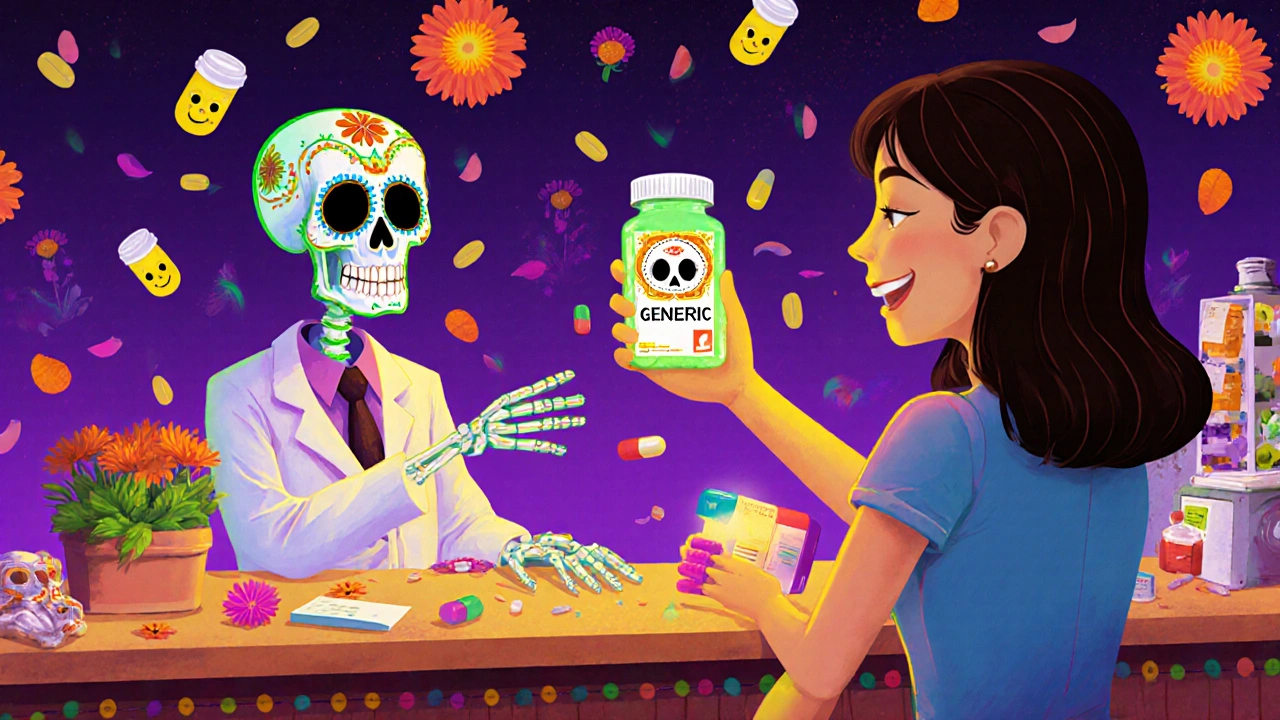Brand Name Drugs: What They Are, Why They Cost More, and When They Really Matter
When you hear brand name drugs, the original, patent-protected versions of medications developed by pharmaceutical companies. Also known as originator drugs, they’re the first to hit the market after years of research and clinical trials. These are the pills you see advertised on TV—Drugs like Lipitor, Seroquel, or Atacand. They’re not just names; they represent billions in R&D investment, exclusive patents, and strict quality controls. But here’s the thing: once the patent runs out, other companies can make the exact same drug and sell it for a fraction of the price. That’s where generic drugs, chemically identical versions of brand name drugs approved by the FDA after patent expiration. Also known as nonproprietary drugs, they work the same way in your body. So why do brand name drugs still exist? And when should you pick them over generics?
The answer isn’t simple. For most people, generics are just as safe and effective. The FDA requires them to match the brand name in active ingredients, strength, dosage form, and how fast they work. But there are exceptions. Take phenytoin, an anti-seizure medication with a very narrow range between effective and toxic doses. Also known as Dilantin, it’s one of those drugs where even tiny differences in how the body absorbs the generic version can lead to breakthrough seizures or dangerous toxicity. That’s why doctors sometimes stick with the brand name. Same goes for drugs like thyroid hormone, where slight variations in absorption can throw off metabolism and cause fatigue, weight gain, or heart issues. Also known as levothyroxine, it’s another case where switching brands can mean feeling worse—even if the labels say they’re the same. Then there’s drug pricing, the gap between what brand name drugs cost and what generics cost, often 80-90% lower. Also known as pharmaceutical cost disparity, it’s why so many patients struggle to afford their meds. A brand name drug might cost $300 a month. The generic? $10. That’s not just savings—it’s adherence. People skip doses when they can’t pay. And that’s how preventable hospital visits and deaths happen.
So what’s the real story? Most of the time, generics are the smart choice. They’re not cheaper because they’re worse—they’re cheaper because the research is already done. But when your condition is sensitive, your body reacts differently, or your doctor has seen bad outcomes from switching, brand name drugs might be worth the cost. The key isn’t blindly picking one over the other. It’s asking the right questions: Does this drug have a narrow window? Have I had issues switching before? Is my insurance forcing a switch that makes me feel worse? The posts below dig into these exact scenarios—from phenytoin levels to insulin timing to Seroquel alternatives—so you know when to push back, when to trust the generic, and when the brand name isn’t just marketing, it’s medicine.
- Archer Pennington
- 8
When Doctors Say 'Do Not Substitute': Why Brand-Name Drugs Are Sometimes Necessary
When doctors write 'Do Not Substitute' on a prescription, it's not about cost - it's about safety. Learn why brand-name drugs are sometimes the only safe choice for patients on narrow therapeutic index medications, biologics, or those with prior adverse reactions to generics.
Read more- Archer Pennington
- 11
Informed Decision-Making: Choosing Between Generic and Brand Medications
Learn how to choose between generic and brand-name medications with clear facts, real-world data, and expert insights. Discover when generics are just as effective-and when to stick with the brand.
Read more

